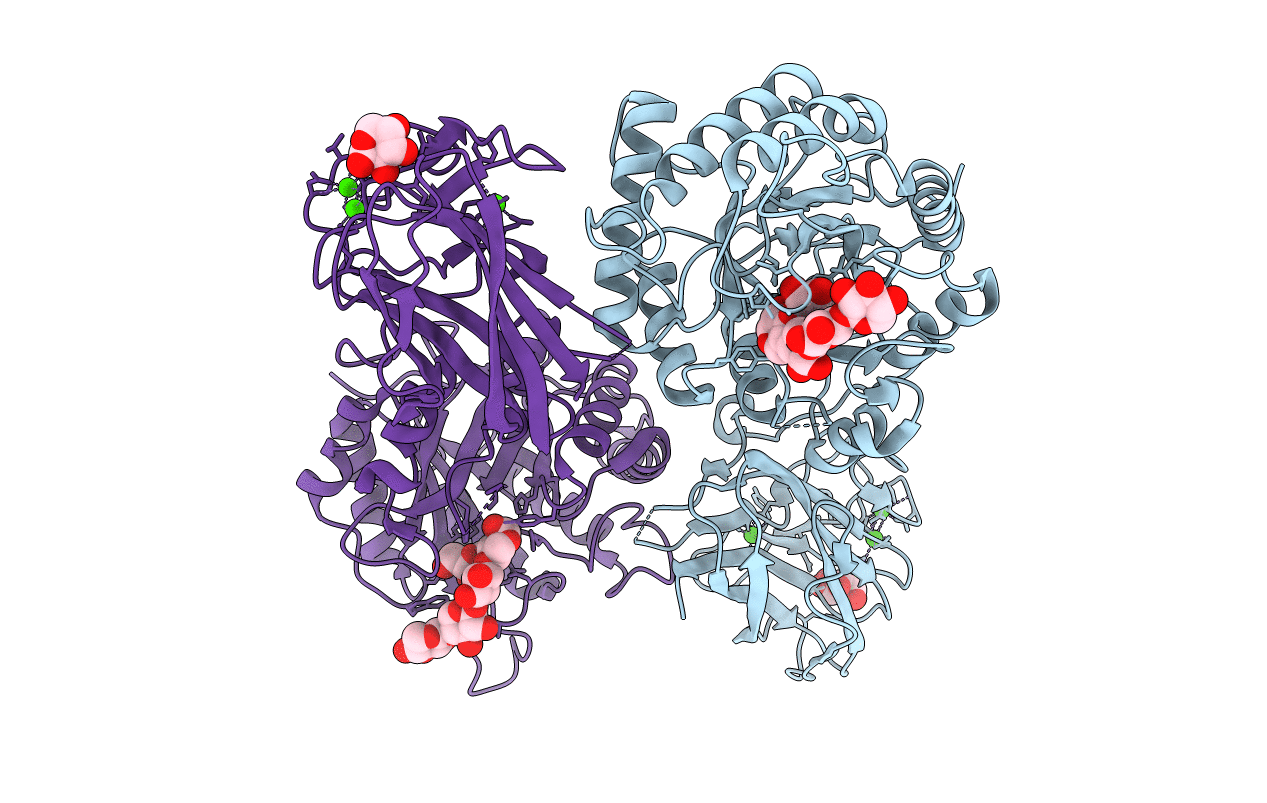
Deposition Date
2016-06-13
Release Date
2016-08-31
Last Version Date
2024-01-10
Entry Detail
PDB ID:
5LA2
Keywords:
Title:
The mechanism by which arabinoxylanases can recognise highly decorated xylans
Biological Source:
Source Organism:
Ruminiclostridium thermocellum (Taxon ID: 1515)
Host Organism:
Method Details:
Experimental Method:
Resolution:
1.65 Å
R-Value Free:
0.19
R-Value Work:
0.14
R-Value Observed:
0.14
Space Group:
P 21 21 21


